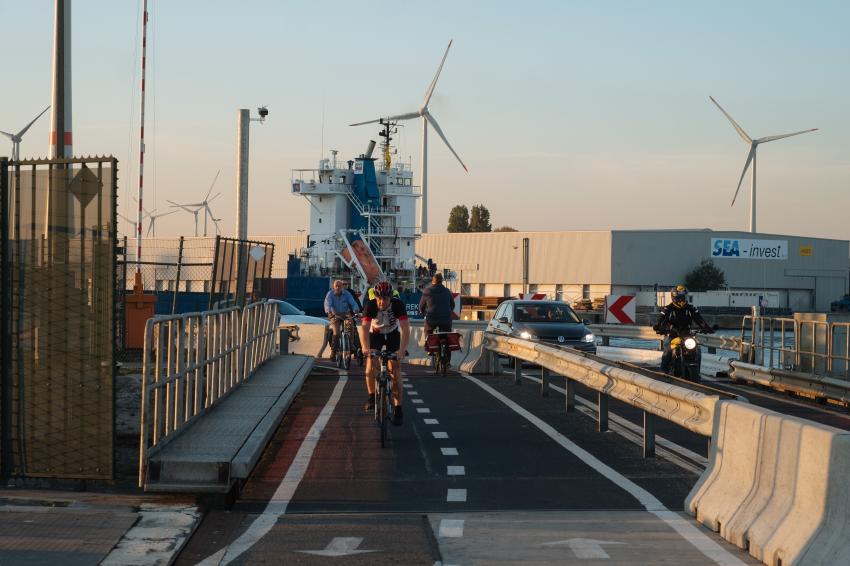Ports of Antwerp and Zeebrugge to Merge
The unified ports of Antwerp and Zeebrugge – to be known as the Port of Antwerp-Bruges – will remain Europe’s most important chemicals hub and account for more than 15% of European transshipments of liquid natural gas, the port authorities said. In 2019, the Port of Antwerp handled 69 million t of bulk liquids, while Zeebrugge handled 12.6 million t.
The agreement marks the start of a unification process that is expected to take a year to finalize. Negotiations began in December 2019, following a study the year before to determine the economic complementary strengths from a merger.
Antwerp specializes in chemical products, break bulk and handling and storing containers, while Zeebrugge is a major port for roll-on/roll-off traffic, container handling and the transshipment of liquid natural gas.
A unified port, said the authorities, will be able to respond more rapidly and more effectively to social and technological developments, such as the energy transition, innovation and digitalization. Specifically, the Port of Antwerp-Bruges aims to be a leading import hub for green hydrogen, as well as playing an “active and pioneering” role in the hydrogen economy.
In addition, in collaboration with industrial and maritime customers, the port will continue efforts to reduce its carbon footprint and transition toward a low-carbon hub. It will carry out a study into the opportunities offered by carbon capture, utilization and storage, and green methanol production from CO2.
The new Antwerp-Bruges will also develop and optimize interconnectivity between the two ports by bundling rail transportation between the sites, making estuary traffic more efficient and prioritizing pipeline connections. Committed investments such as the new sea lock in Zeebrugge and additional container capacity in Antwerp will still go ahead.
Author: Elaine Burridge, Freelance Journalist





